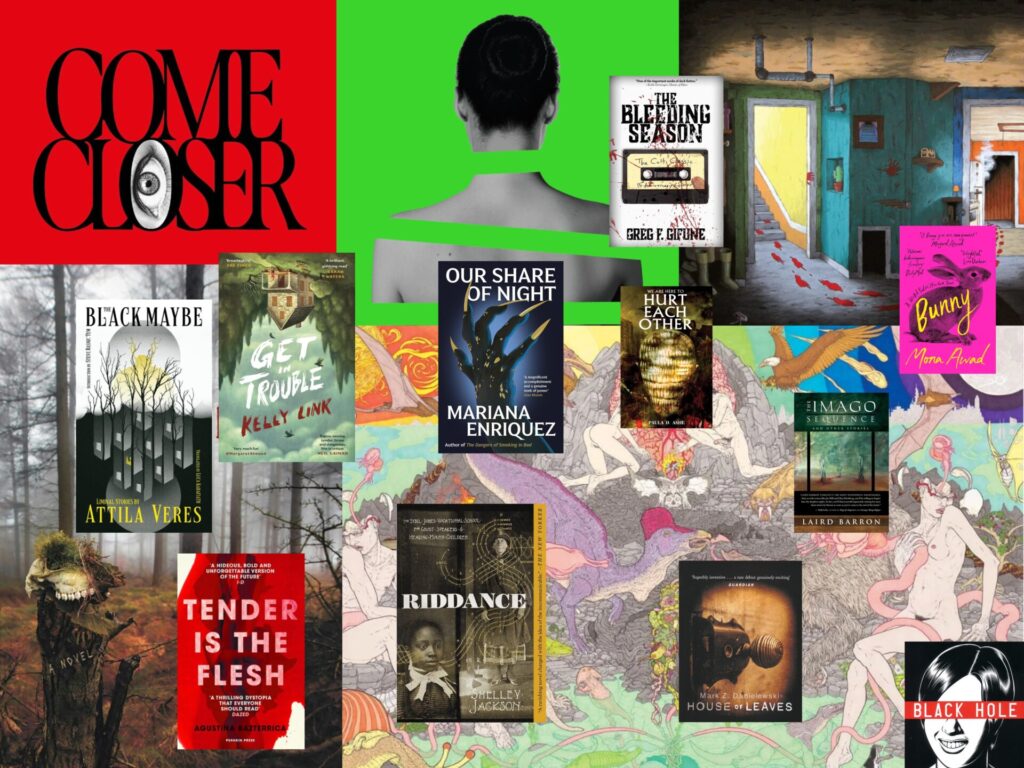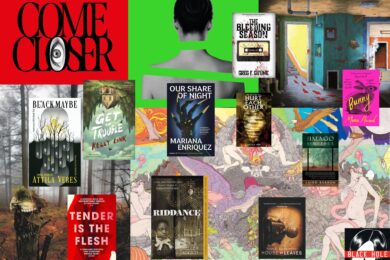Welcome, dear readers to Halloween, when in the UK and US children dress as their favourite fictional horror characters (and some, misguidedly, as serial killers) to walk door-to-door asking neighbours for sweets (or candy). Haitian practitioners of Voodoo pay their respects to Baron Samedi, the Irish celebrate Samhain with the baking and eating of beer-soaked Barmbrack cake, and here at tQHQ, it gets just a little bit easier for genre-inclined writers to successfully pitch seasonally appropriate horror articles.
Horror fiction tends to fly off the shelves in times of real-life anxiety, with the genre enjoying an increase in sales of over 50% in 2023; a record breaking high that shows little sign of slowing down. The popularity of the genre is admittedly seasonal, tending to peak in the run-up to Halloween, with a decline after March, so it’s way too early to put precise figures on 2025, but if the IRL anxiety-meter tracking the current state of world events is anything to go by, it’s surely going to be bumper year.
Even if it’s tempting to look for one or two root causes for this unprecedented boom in sales, it’s likely a fool’s errand as the field of horror fiction is currently so rich, strange and diverse that it defies such easy analysis. Horror fiction is a broad church which is less likely than ever, in its many different styles and flavours, to appeal to everyone. With this in mind, we asked five people embedded in the genre (alongside myself) to act as judges, each submitting a ranked top ten from which the final list was derived.
Featured among the winning texts are a next-level contemporary take on a Lovecraftian package holiday that hilariously recontextualises the textbook adult male’s response to parenthood. There are Baphomet-worshipping death-metal kids and hardscrabble vampire existentialism set in the Texas desert. There is a school for stuttering children whose curriculum is more concerned with necromancy than speech-therapy, not to mention the resurrection of the custom of pyramid-as-afterlife-prep for rich kids. There are short stories from the author who inspired the character of Rust Cohle in the first True Detective, a graphic novel concerning a very odd STD transmitted between alienated teenagers, and an epic (both in terms of length and strangeness) novel that reimagines economists as influential occultists.
But we’re not just talking to horror stans. Many of these suggestions will be ideal for those not usually drawn to the field of darker fiction, but are perhaps swayed by the pumpkin and fake-cobweb saturated October zeitgeist to take an exploratory dip into chilly waters. [Entries 3, 5, 11 and 19 in particular, Ed] This list, as with all Quietus charts, is not meant to be exhaustive. We hope that our readers find much to enjoy here and, as always, look forward to hearing your own suggestions.
A big thank you is due to each of our judges. Catriona Ward is the author of six novels, including the forthcoming paperback of Nowhere Burning – a tale of runaway children living at an abandoned Michael Jackson ‘Neverland’ style ranch – that plays with elements from Peter Pan and Lord Of The Flies. The author of 14 novels and a collection of short fiction, Deleuzian academic Michael Cisco’s work, such as recent novel Pest, is at the vanguard of contemporary weird fiction, with perhaps only Jeff VanderMeer at his strangest coming anywhere close. Greg F. Gifune is the author of 28 novels, including the forthcoming Pack Animals, as well as several short story collections and screenplays. He is also the editor-in-chief of Thievin’ Kitty Publications and the former editor of The Edge: Tales Of Suspense. Designer and writer Leila Taylor is the Creative Director at Brooklyn Public Library, and author of two classic texts on the horror genre: Sick Houses: Haunted Homes And The Architecture Of Dread and Darkly: Black History And America’s Gothic Soul. ML Deathman sequencer punisher Mat Colgate regularly writes about horror films for this site and writes The Savage Beast substack. None of the judges voted for their own work.
Honourable mentions go to Scar City and The Lost District (Joel Lane), Head Full of Ghosts (Paul Tremblay), Flowers of Mould, (Ha Seong-nan), Hurricane Season (Fernanda Melchor), Gyo (Junji Ito), Endless (Grant Morrison and Chris Burnham), The Troop (Nick Cutter), Haunted (Chuck Palahniuk), Discovering Scarfolk (Richard Littler), Bitter Root: Omnibus (David F. Walker, Chuck Brown, and Sanford Greene), The Rust Maidens (Gwendolyn Kiste), Descent (Sandy DeLuca), The Silent Land (Graham Joyce), Willy (Robert Dunbar), Outpost (Adam Baker), Convenience Store Woman (Sayaka Murata), Eileen (Ottessa Moshfegh), Dark Matter (Michelle Paver), and Echo (Thomas Olde Heuvelt).
Sean Kitching
Samanta SchweblinFever Dream (2017)
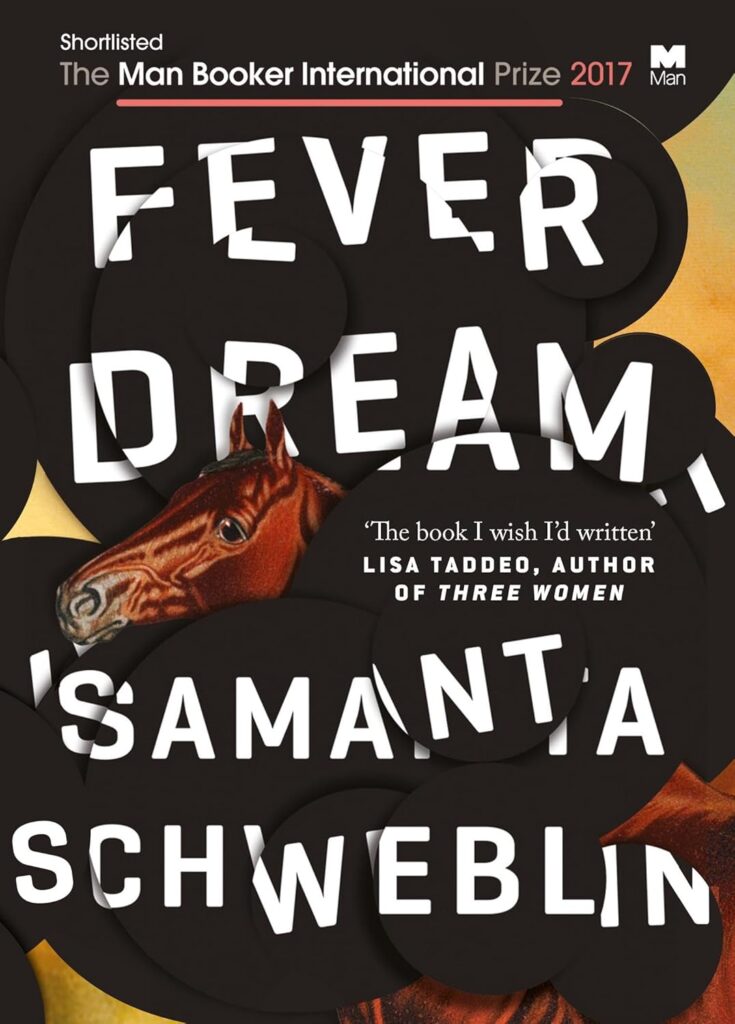
Fever Dream – first published in Spanish in 2014 as Distancia de rescate and then translated into English three years later – is an exploration of the maternal instinct to protect a child against harmful agencies whose nature remains uncertain. Amanda, who appears to be dying in a rural clinic, converses with a strange boy called David about the events that have contributed to her predicament. A mysterious poison blights the land, souls transmigrate to other bodies, yet specifics remain hazy, enticing the reader to become detective in order to uncover the truth. Some readers described this short book as being “amongst the scariest they have ever read”, and this likely results from the intense desire generated skilfully by the masterful Argentinian writer Schweblin to empathise with Amanda and to understand her inexplicable nightmare.
Agustina BazterricaTender Is The Flesh (2020)
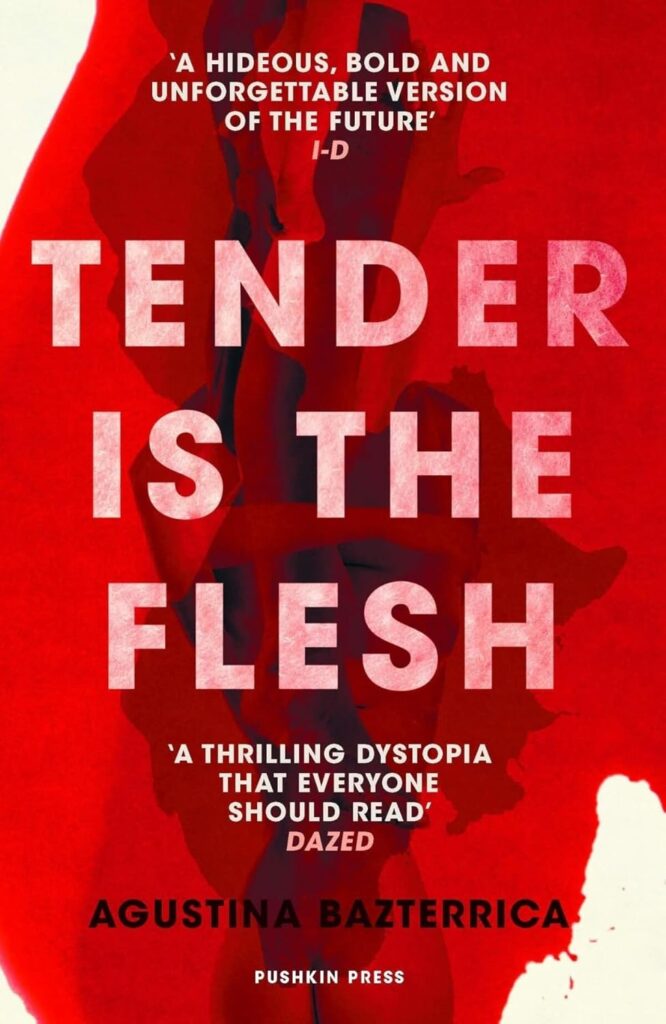
Following a global epidemic in which animals are wiped out, cannibalism becomes the norm and humans are raised (minus their vocal cords, because “meat doesn’t talk”) as food. Bazterrica, an Argentinian who became vegan in 2014 after watching the documentary Earthlings, presents a horrific world masked in many euphemisms – much like the language we currently use when talking about factory farming animals. Whilst some readers of Tender Is The Flesh – originally published in Spanish as Cadáver exquisito in 2017 – feel the novel is too ‘on the nose’, that’s surely Bazterrica’s point.
Charles BurnsBlack Hole (2005)
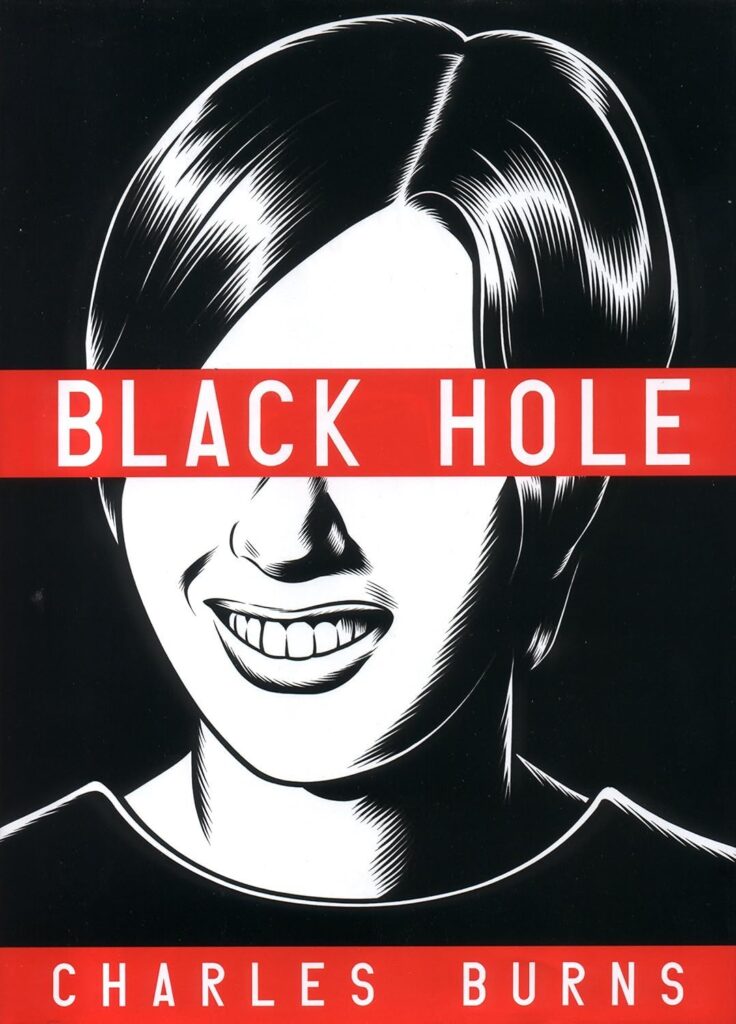
The Bug is an unpredictable sexually-transmitted disease that is being passed among teenagers in 1970s suburban Seattle. Whilst some sufferers develop visible deformities, for others the effects are more hidden. Writer/illustrator Burns’ ugly yet beautiful black and white artwork gives the repressive suburban atmosphere and convincingly stilted stoned teenage dialogue of its characters a Lynchian (Eraserhead in particular) vibe: there are some wonderful psychedelic pages featuring characters dreaming or tripping. Over nearly two decades several Hollywood names including David Fincher have been attached to a big screen adaptation of the graphic novel, but it has just been “re-announced” as an upcoming Netflix series with Jane “I Saw The TV Glow” Schoenbrun as show runner. Schoenbrun is a singular young filmmaker and is likely a good choice for the project given how art-focused and strange (not to mention occasionally unpleasant) the source material is, which remains to this day, an outlier.
Paula D. AsheWe Are Here To Hurt Each Other (2022)
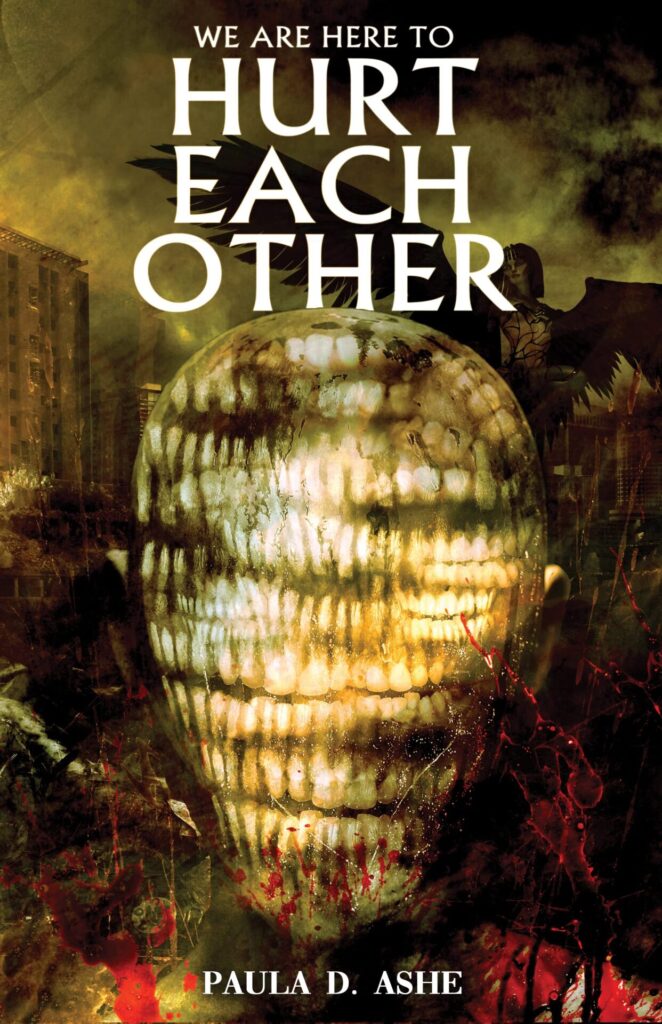
Self-confessed Hellraiser obsessive Ashe’s debut story collection is brutal, transgressive and takes the reader to places previously inaccessible to language. Genuinely stomach churning acts of depravity depicted in weirdly poetic prose makes Ashe’s work both unforgettable and unique. A mystical longing for the infinite accompanies these incomprehensibly cruel acts, placing these stories within the dimension of cosmic horror. Standouts include a deviously clever twist on the story of Jack the Ripper (‘Jacqueline Laughs Last In The Gaslight’), ‘Bereft’, concerning an unnamed narrator who spends a final moment alone with her sister’s corpse following her suicide, and ‘Carry On, Carrion’, in which a local entity inspires a 12-year-old boy to cut his own face off while supposedly getting ready for bed.
Dan SimmonsA Winter Haunting (2002)
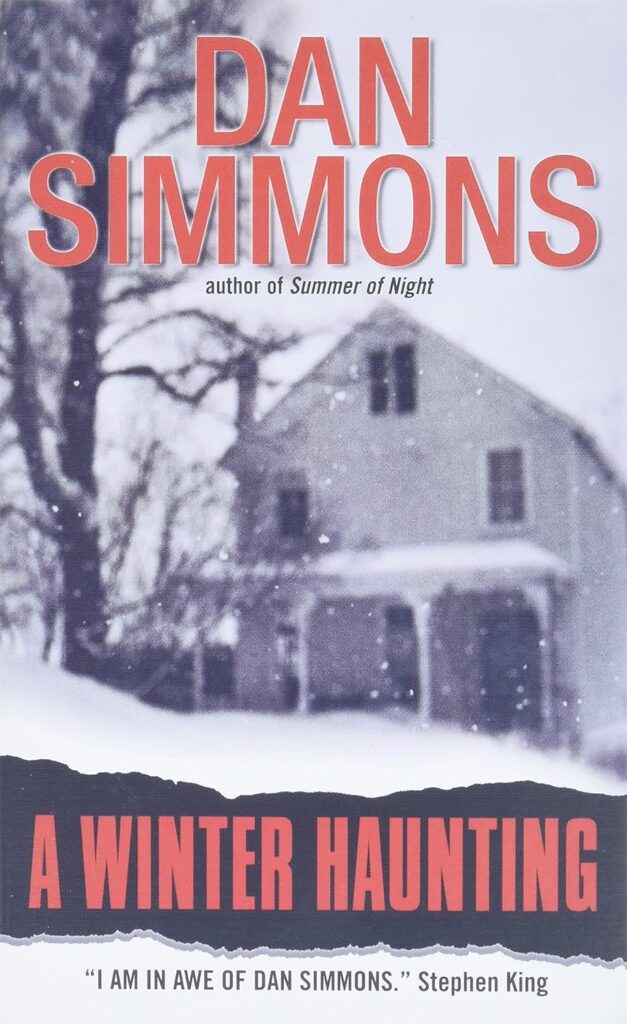
A slow burning, incrementally building tension that creeps up on the reader and only grabs hold when it’s too late to look away is Dan Simmons’ calling card in novels such as Hyperion and Carrion Comfort. In A Winter Haunting – the final entry in his four novel Seasons Of Horror series – the protagonist, Dale Stewart, is as unreliable narrator as he is a human being, and yet the slowly unfolding nature of his predicament still has an irresistible emotional pull, causing this last book of four to really shine.
Josh SimmonsThe Furry Trap (2012)
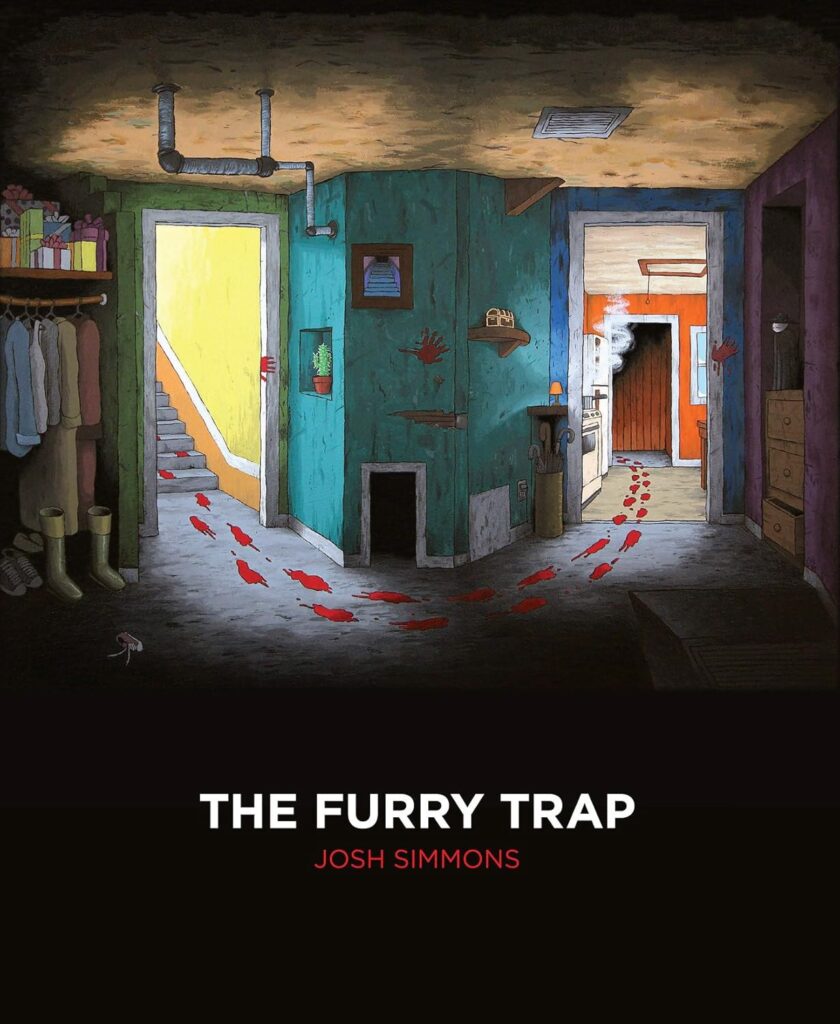
Don’t let the bubbly surfaces and exaggerated expressionism of his cartooning fool you: Josh Simmons is one of the most talented and unpredictable practitioners in horror comics today and The Furry Trap is the best showcase yet of his psychoactively corrupted worldview. Surreal and grotesquely hilarious but with an air of outright malevolence that makes even picking up the book and opening it feel dangerous, Simmons tears his nightmares straight from the back brain and thrusts them into the reader’s face with the giggling enthusiasm of a disturbed child showing off a collection of harvested animal carcasses.
Kelly LinkGet In Trouble (2015)
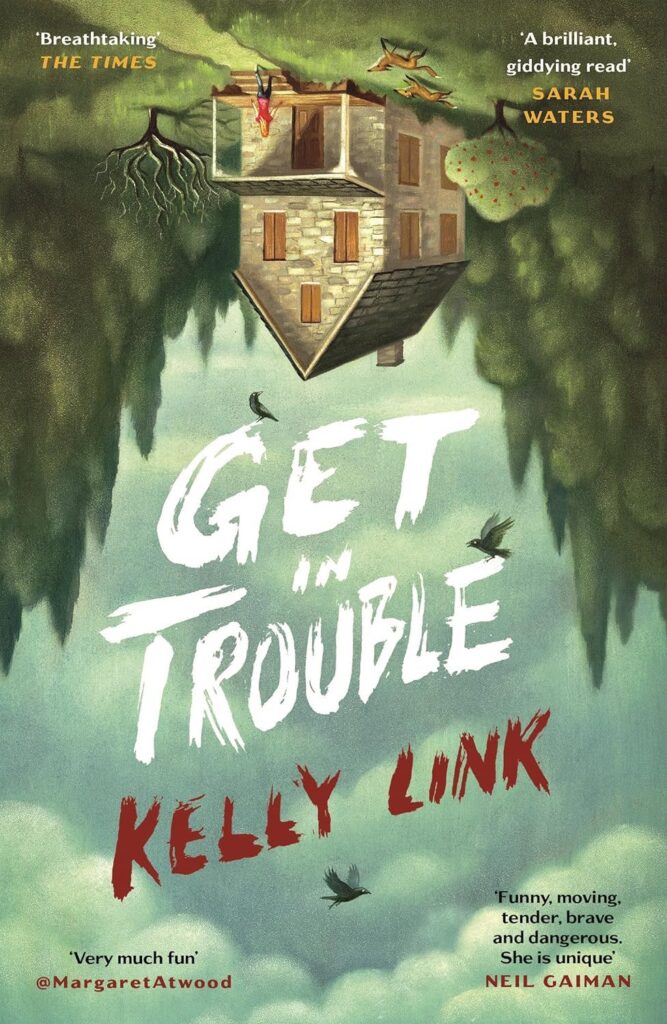
What makes American author Kelly Link’s work stand apart from others who operate in the margins between fantasy, science-fiction and horror is that her stories tend to occur in a world not too dissimilar to ours. In her world fantasy is also consumed as part of popular culture and part of the thrill of her work, such as this short story collection, derives from discovering the true nature of the protagonist’s POV. Hence ‘I Can See Through You’ concerns a “demon lover” famous for playing a vampire in a Buffyesque drama aimed at teenage girls, but who is currently appearing in a reality TV show about hauntings directed by a former co-star and ex-lover. This kind of odd relatability and narrative unpredictability is one of Link’s strongest qualities.
Grady HendrixHow To Sell A Haunted House (2023)
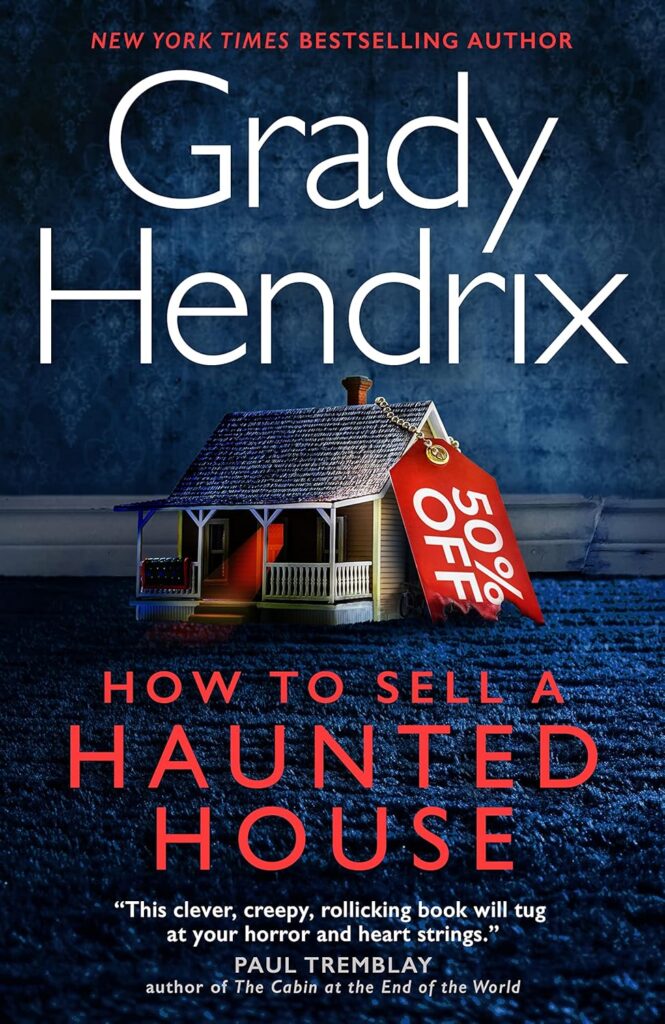
When Louise Joyner returns to her home in the American south after her parents’ death she is forced to recognise how strained her relationship with her brother Mark is. As the siblings prepare the property for sale, they find that the house is haunted by creepy dolls and puppets; and then they come face to face with family tragedy. The puppet set-up is either great fun or kind of silly, depending on your point of view, but the real meat of the book is in the way that Hendrix addresses how families’ past generations ‘haunt’ its current members. The puppets themselves are clearly a metaphor, both for the forces that control us, and as a potential for change (of sorts). As Hendrix writes: “Put one on and your posture changes, your voice alters, and you can feel what it wants, you can feel what it’s scared of, you know what it needs. You don’t wear the puppet. The puppet wears you.”
Albert Sanchez PinolCold Skin (2005)
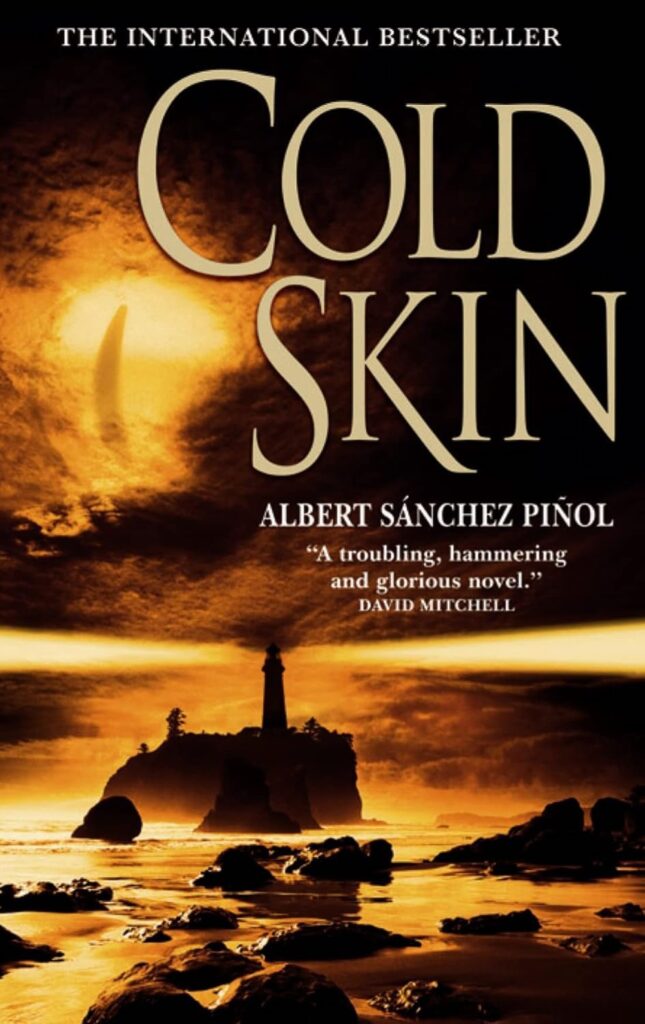
Originally written in Catalan as La pell freda in 2002 this book has become a publishing success having been translated into 37 languages, and made into a film in 2017, although the novel is where the real horror resides. Cold Skin concerns an unnamed Irish freedom fighter who retreats from the modern world to a remote Antarctic Island to work as a weather official only to find that his predecessor is missing. When his cabin is attacked by monsters he turns to the lighthouse keeper Gruner for help, which triggers a wave of slaughter and depravity that calls their humanity into question. Pinol’s novel is an unflinching portrayal of one man’s descent into inhumanity, driven by the closely allied forces of desire and self-hatred.
John LanganThe Fisherman (2016)
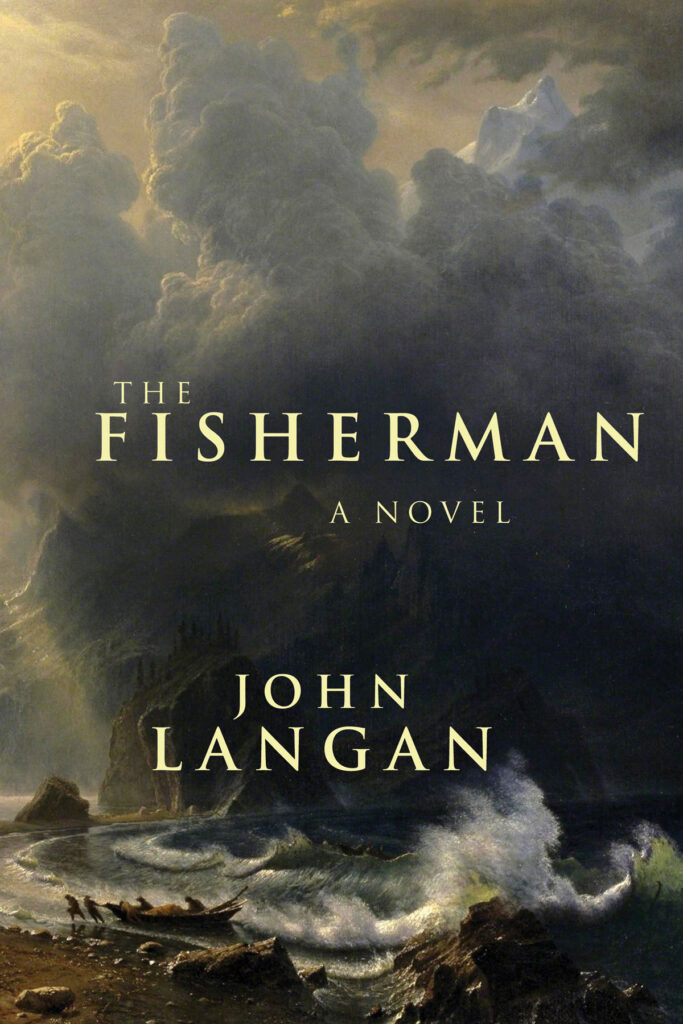
Although perhaps more well known for his short stories, John Langan’s second, Bram Stoker Award winning novel, The Fisherman, is a masterpiece of cosmic horror that contains elements of Lovecraft, Moby Dick and the ghost stories of M.R. James. Abe and Dan, are two widowers who have found comfort in each other’s company and a shared passion for fishing. They find themselves drawn to a spot called Dutchman’s Creek, which some believe offers a way to reclaim lost loved ones. Wonderfully atmospheric in its depiction of the eerie Catskills and genuinely unsettling in its invocation of an ancient evil contained within, The Fisherman poses the question of what lengths a person might go to just for one last glimpse of the loved ones they have lost.
Mona AwadBunny (2019)
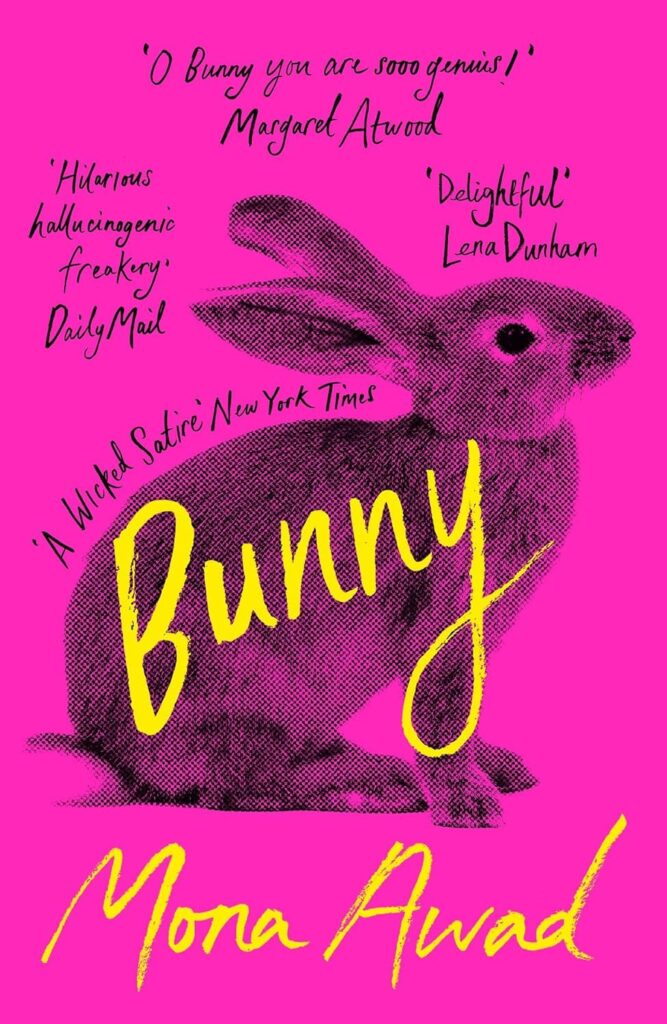
An outsider in her small, selective MFA program at New England’s Warren University, Samantha Heather Mackey is initially repelled by the rest of her fiction writing class, a group of twee well-to-do girls who call each other Bunny, and prefers the company of her own imagination. However, everything changes when she is invited to one of the Bunnies’ “Smut Salons”, and her indoctrination into their cult begins. There’s an obvious Heathers comparison to be made here, but Awad’s dark magical-realist take on cliques and toxic female friendships (the sequel to which, We Love You, Bunny, has just been published) is a far more bizarre and hallucinatory affair than such a comparison implies.
Shelley JacksonRiddance: Or: The Sybil Joines Vocational School for Ghost Speakers & Hearing-Mouth Children (2018)
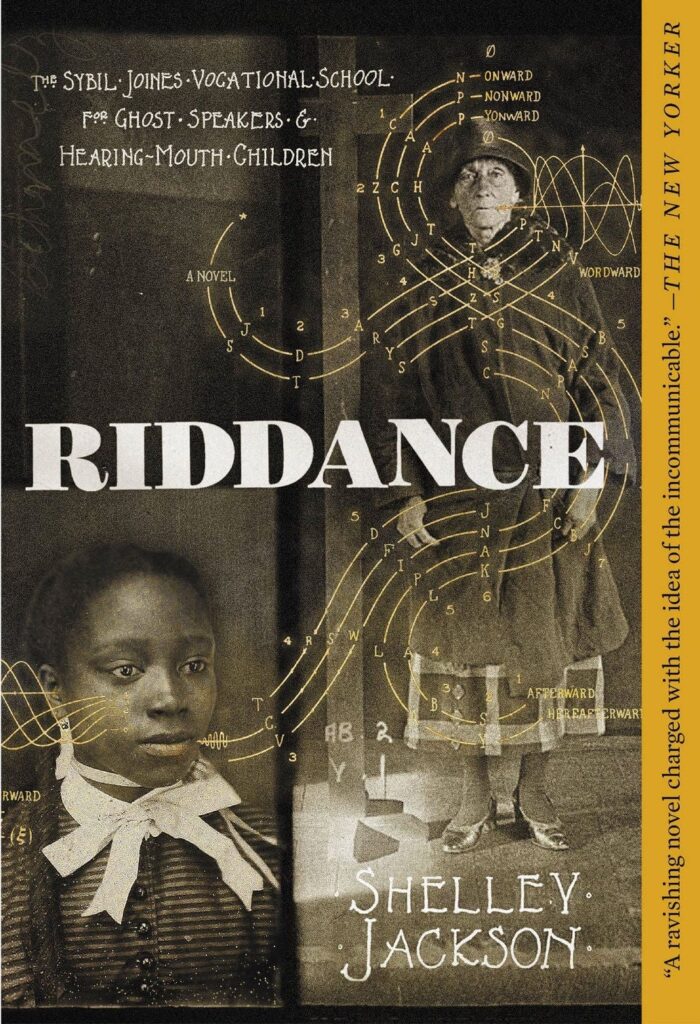
Twelve years in the making, Riddance is a beautifully designed book concerned with the transmission of the ineffable via the mouths of stuttering children, whose ‘handicap’ acts as a cut-up of language through which the dead can speak. The narrative unfurls from fragmentary sections filled with fictional newspaper cuttings, archaic-looking photographs, architectural diagrams, instructions for speech exercises and speculative maps of the “land of the dead” that create the impression of a Gothic ‘found’ narrative. The use of pseudo-scientific language throughout recalls the sardonic “philosophy of science”, pataphysics, invented by the French symbolist Alfred Jarry, and later used to great effect by Flann O’Brien in The Third Policeman. Jackson’s method may be mischievous but her intent is entirely serious. As she said in a 2018 interview in The New Yorker: “When you think about language in an expanded sense, it is, in fact, the case that we’re channelling the dead when we speak.”
Carmen Maria MachadoHer Body And Other Parties (2017)
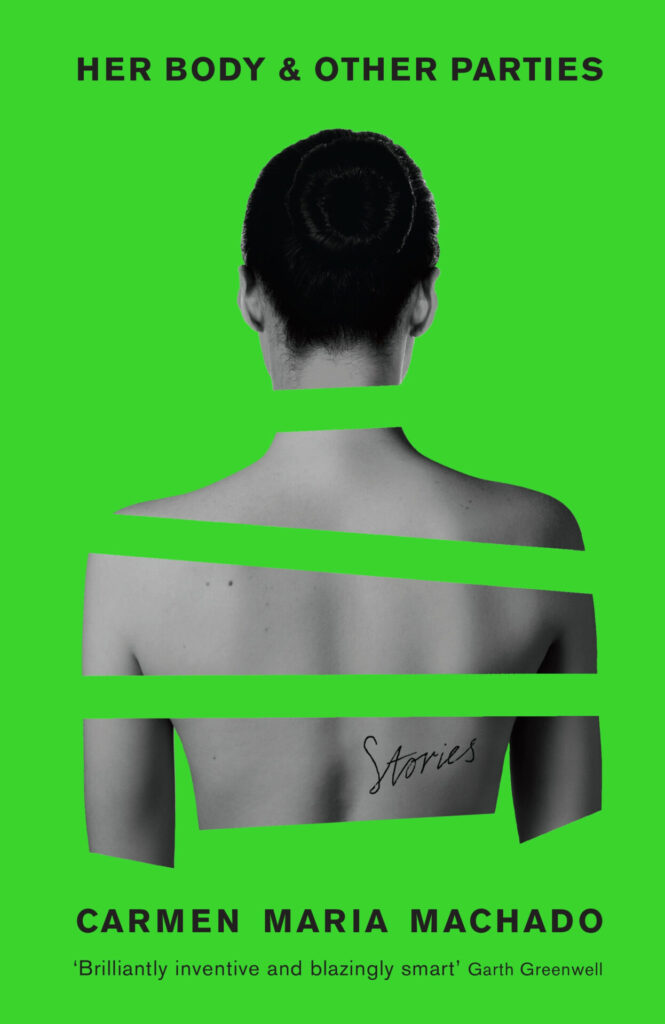
Carmen Maria Machado’s debut short story collection draws equally from science fiction, horror and fantasy where they intersect with ‘literary fiction’, comedy and mythology in a similar way to Kelly Link or Angela Carter, although that’s where any comparisons would end. Machado’s retooling of folk tales, particularly in the most powerful story in the collection, ‘The Husband Stitch’, investigates roots found in women’s experience worldwide throughout history, finding a commonality not limited by time or geographical location. Elsewhere in the collection, a salesclerk in a mall makes an unusual and horrifying discovery about a store’s dresses, and one woman’s surgery-induced weight loss brings with it an unwanted house guest. Machado’s frank and inventive memoir In The Dream House, which recounts her experiences in an abusive relationship, is also highly recommended.
Greg F. GifuneThe Bleeding Season (2003)
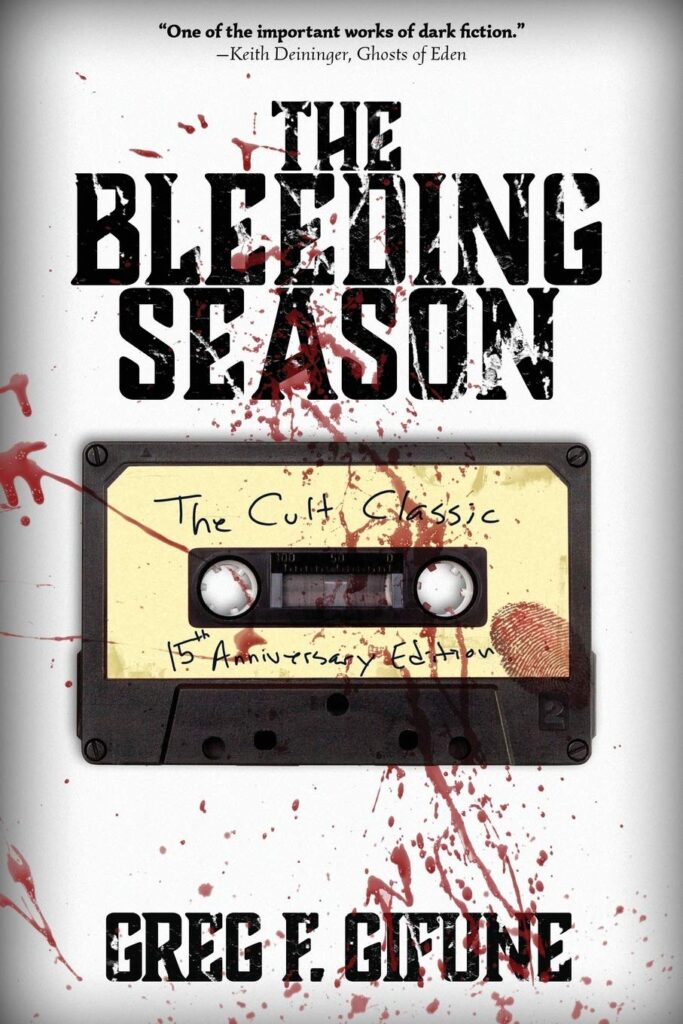
One of the downsides to digesting large amounts of horror literature is that the reader inevitably becomes inured to fear and increasingly harder to shock. Hence, when I first picked up The Bleeding Season (at the suggestion of Ronald Malfi) Gifune’s gritty, noir-esque prose and unflinching investigation of the darker side of human behaviour seemed like a rediscovery of the real deal. Five friends living in the small, coastal Massachusetts town of Potter’s Cove are devastated when one of their number is killed in a road accident. Years later, as the remaining four approach their fortieth birthdays, another member of the group commits suicide, leaving behind a note that suggests he had, unbeknownst to them, a very disturbing history. As the surviving friends investigate they question their sanity and the nature of their own existence.
Sara GranCome Closer (2003)
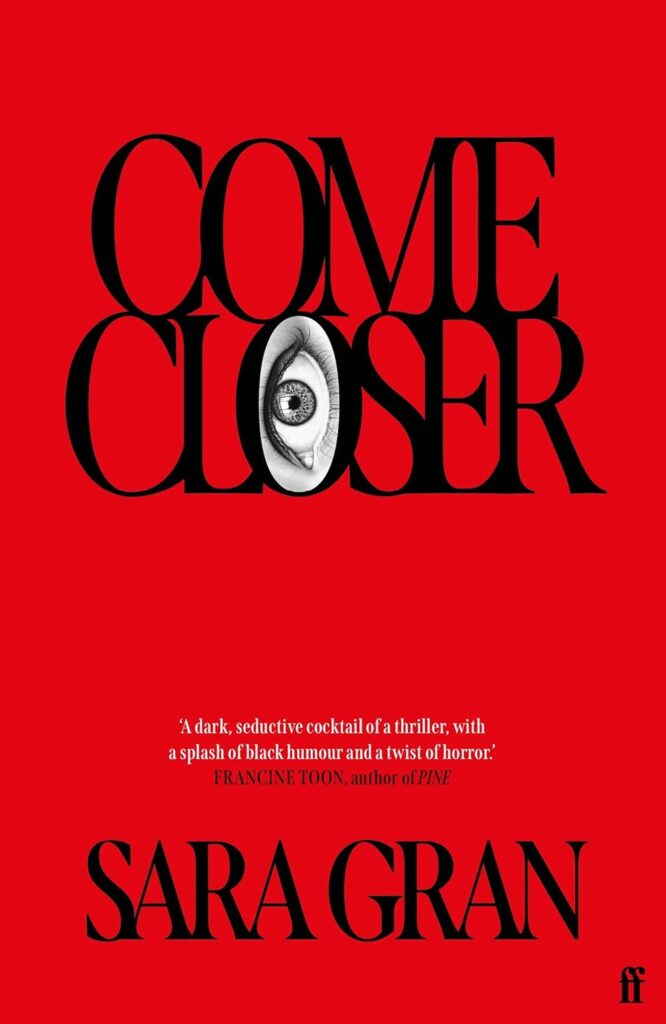
Sara Gran’s short novel, which is compulsively readable in a single session, is an effective modern spin on the myth of demonic possession in which an architect’s life is taken over by a supernatural entity. It begins relatively innocuously with resurfaced ‘memory’ of a childhood imaginary friend, NAAMAH, but this is in fact a presence and it soon takes over Amanda’s life. The process is subtle at first, with NAAMAH doing things that she doesn’t entirely disagree with, such as insulting her boss at work. But then it begins to encroach on the domestic as well. Perhaps what makes Gran’s tale so disturbing is the ease with which the entity takes control. By offering to voice such hidden parts of the psyche in which many of us might see ourselves, the extramundane aspects of Gran’s tale begin to seem alarmingly plausible.
Thomas LigottiTeatro Grottesco (2007)
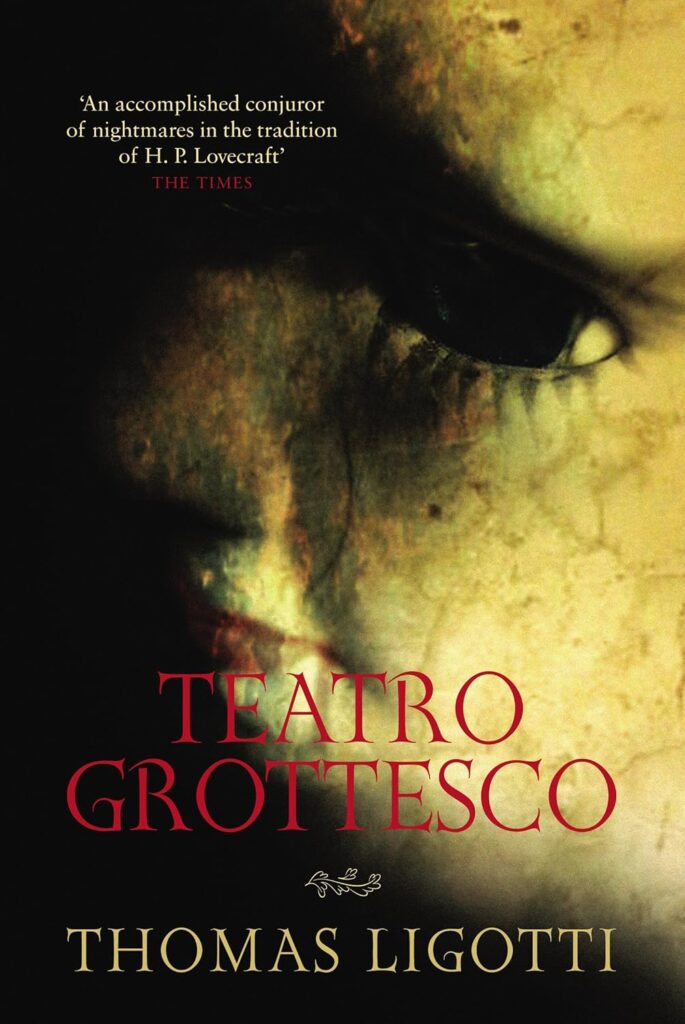
Ligotti experienced an increased level of interest in his work around 2014 when it emerged that his nihilistic, anti-natalist non-fiction treatise, The Conspiracy Against The Human Race, had inspired the Rust Cohle character in the first season of True Detective. How a reader will respond to Ligotti’s work will largely depend upon their sympathy, or lack of, with his extremely pessimistic viewpoint and their appetite for abstract imagery that doesn’t always coalesce around a traditional story format. Perhaps Ligotti says it best himself, through the mouth of Teatro Grottesco, the narrator who loans his name to this collection: “I, a writer of nihilistic prose works, savoured the inconsistency and the flamboyant absurdity of what was told to me across a table in a quiet library or noisy club. In a word, I delighted in the unreality of the Teatro stories. The truth they carried, if any, was immaterial.”
Michael CiscoAnimal Money (2015)
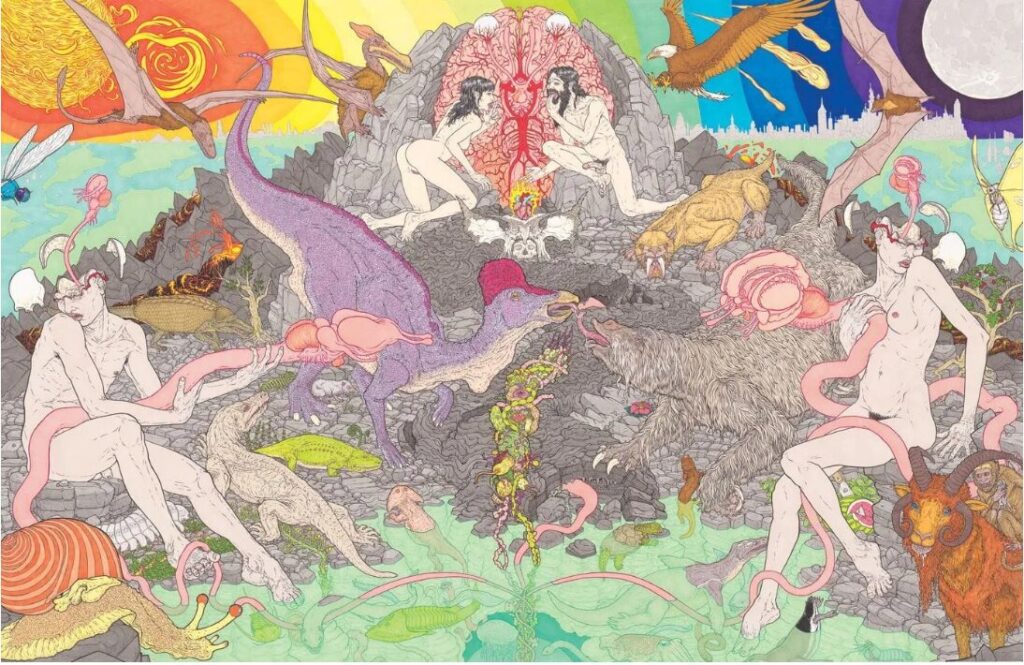
Cisco’s 800-page dark fantasy novel is like the mutant offspring of Stanislav Lem’s The Futurological Congress and Thomas Pynchon’s Gravity’s Rainbow. Five occultist economists attending an academic conference hit on the concept of “Animal Money”, which is to be created “by removing hindrances such as systemic inequalities, wages, salaries, investments, finance, profits, capitalism…” Cisco’s level of invention is so astounding that it’s hard for the reader to keep up. It’s worth persevering however, to experience a number of wild vignettes such as the story of Eugenio Urtruvel, a writer who was the first documented case of Cymothoa exigua sea louse tongue parasitism in a human being. The foul alien “tongue” whispers “the secrets of the ocean depths in icy, gelatinous words” to Urtruvel in his sleep, which becomes the basis of a forbidden text.
Andy DavidsonIn The Valley Of The Sun (2017)
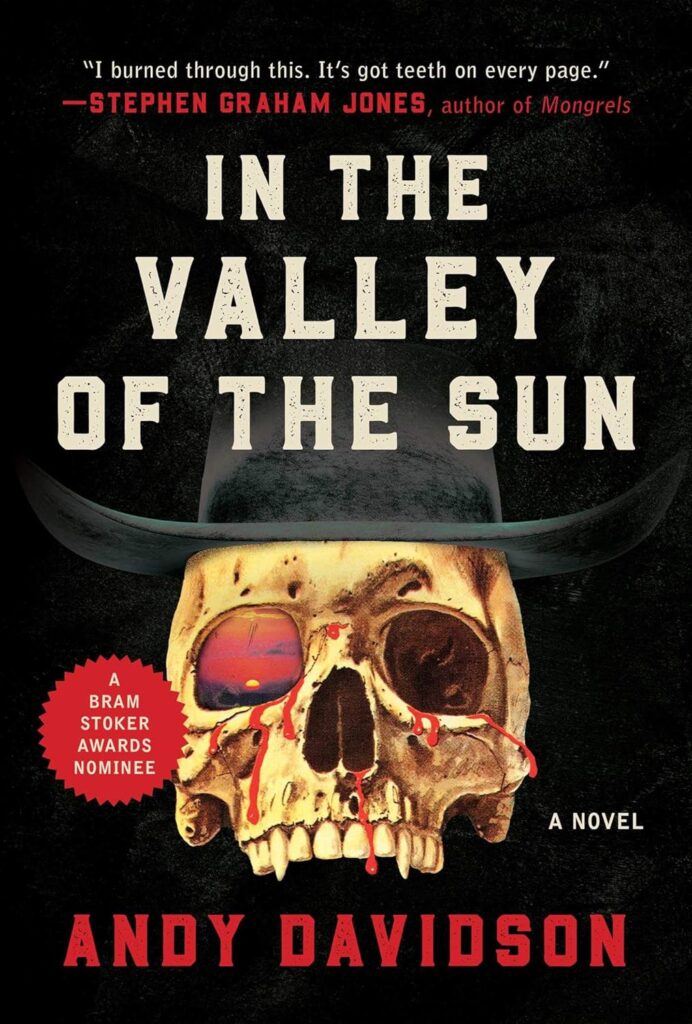
A serial killer’s relationship to his time serving in Vietnam, a noir-esque police procedural, vampires, hardbitten existentialism worthy of Cormac McCarthy or William Gay: Andy Davidson’s debut novel contains a lot. In The Valley Of The Sun is a beautifully written character-driven nightmare set deep in the Texas desert, and although it is packed to the gills with familiar tropes, some of which don’t comfortably share space together, the all-too-human incompleteness and volatility of its broken characters elevates this novel beyond the generic elements from which it draws its inspiration. There’s plenty going on in terms of plot and some of those strands don’t always end up going where you think they might, but it’s really the exquisite prose and slow-building but intoxicating atmosphere that make this a unique and unforgettable read.
Laird BarronThe Imago Sequence (2007)
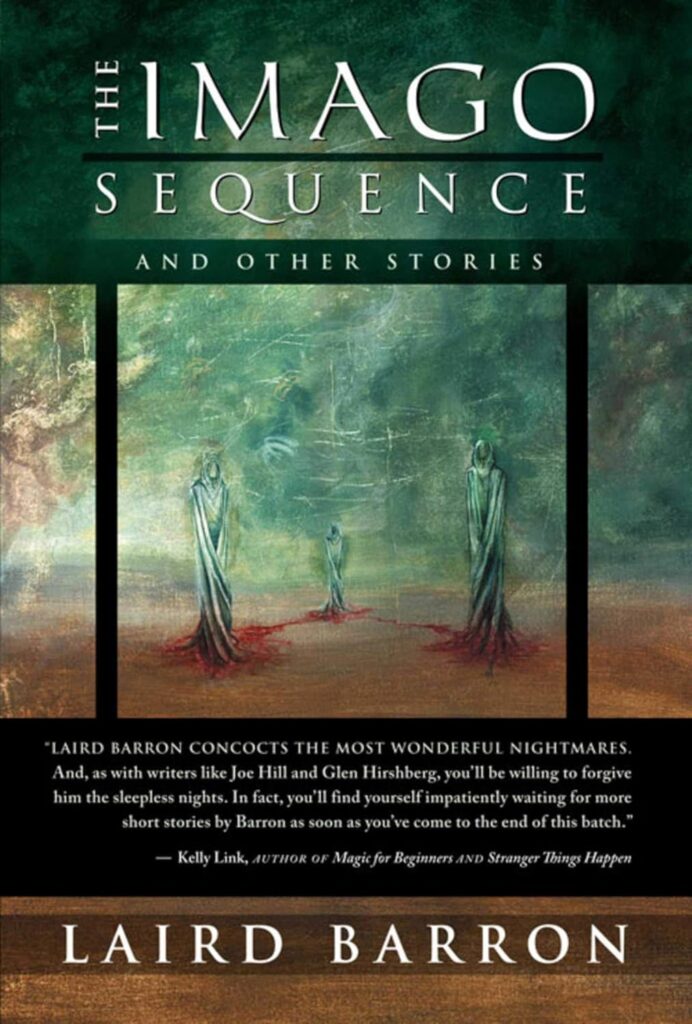
One-eyed ex-pat Alaskan Laird Barron’s writing is an enthralling mix of Lovecraftian cosmic horror, noir, science-fiction, espionage thriller and superhero mythology. His non-linear approach to short stories, with recurring characters and events, doesn’t immediately reveal all of its complex connections, but instead instigates a slowly dawning realisation; and encroaching sense of cosmic dread. Perhaps the secret of Barron’s success with this oblique strategy lies in the way he marries the gritty quotidian lives of his characters with the vast and unutterable horrors to which they become attuned. At the very beginning of ‘Shiva, Open Your Eye’, Barron writes what could be almost a mission statement: “The human condition can be summed up in a drop of blood. Show me a teaspoon of blood and I will reveal to thee the ineffable nature of the cosmos, naked and squirming.”
Mark Z. DanielewskiHouse Of Leaves (2000)
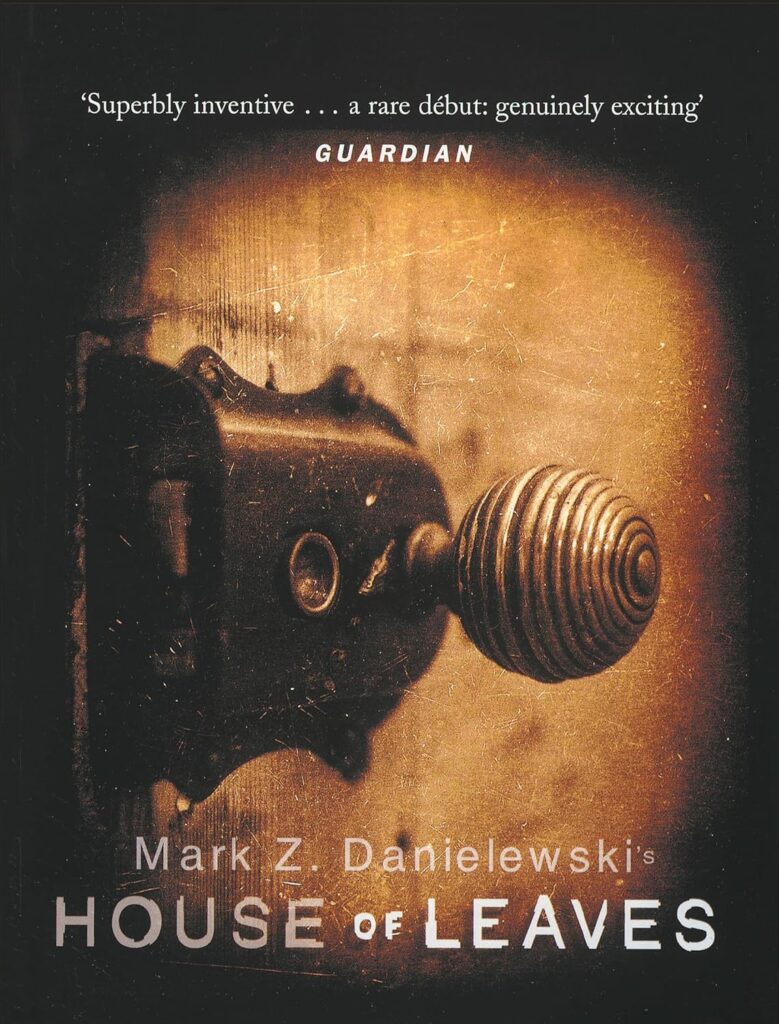
Danielewski’s first novel is a classic of Ergodic literature: a book in which the reader must work to navigate their own path through the text. Also touching on epistolary fiction and metafiction, and owing a very obvious debt to several Borges stories, House Of Leaves tells the story of Johnny Truant, who finds a manuscript detailing a fictional documentary, ‘The Navidson Record’, concerning a house with an impossibly large interior. Truant further annotates the manuscript, creating a multi-layered narrative where the lines between reality, the film’s story, and Johnny’s own descent into madness become increasingly difficult to define. The design of the novel, including multitudinous footnotes, different fonts delineating disparate voices, and several pages with scarce textual groupings arranged in unusual shapes, is inextricable from its meaning: a visual analogue of the experience of those lost within the house’s potentially infinite walls.
Ronald MalfiCome With Me (2021)
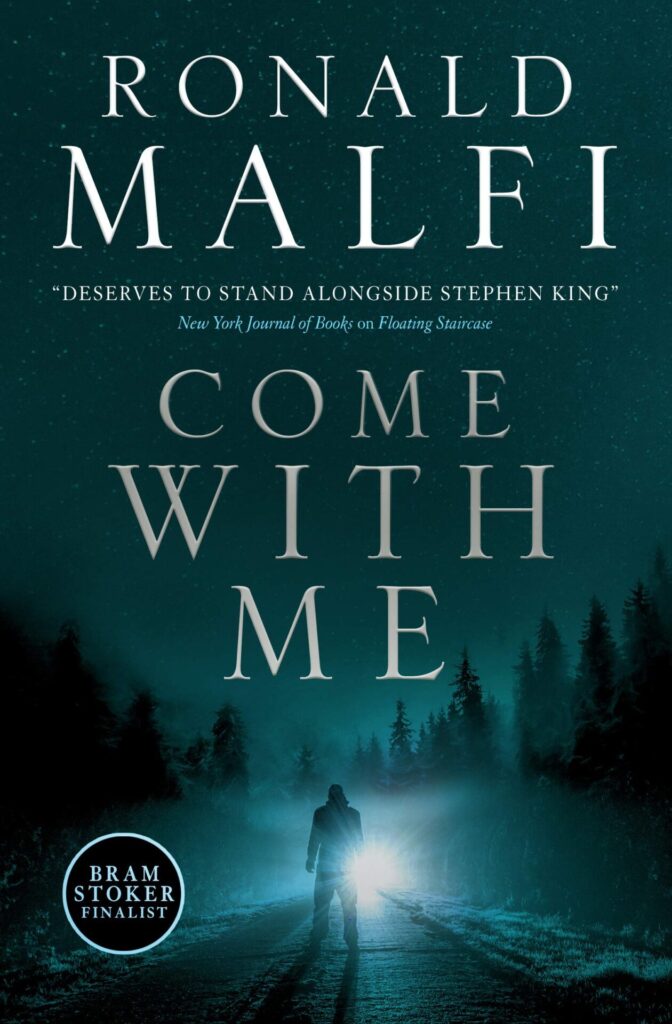
Ronald Malfi’s work is highly visual, hugely suspenseful and very much character-driven while being knowingly playful with the subversion of genre tropes. Although he’s far from being the first author to walk the fine line between allowing the possibility of supernatural agency and such events being limited to a character’s own imagination, Malfi explores that border with enough boldness and unexpected swerves of direction to make the stance seem his own invention. Come With Me concerns Aaron Decker who is consumed by grief after the death of his wife in a shopping mall shooting, and retraces her steps, discovering many dark secrets and an uncertain future. Compulsively enjoyable.
Virginia FeitoVictorian Psycho (2025)
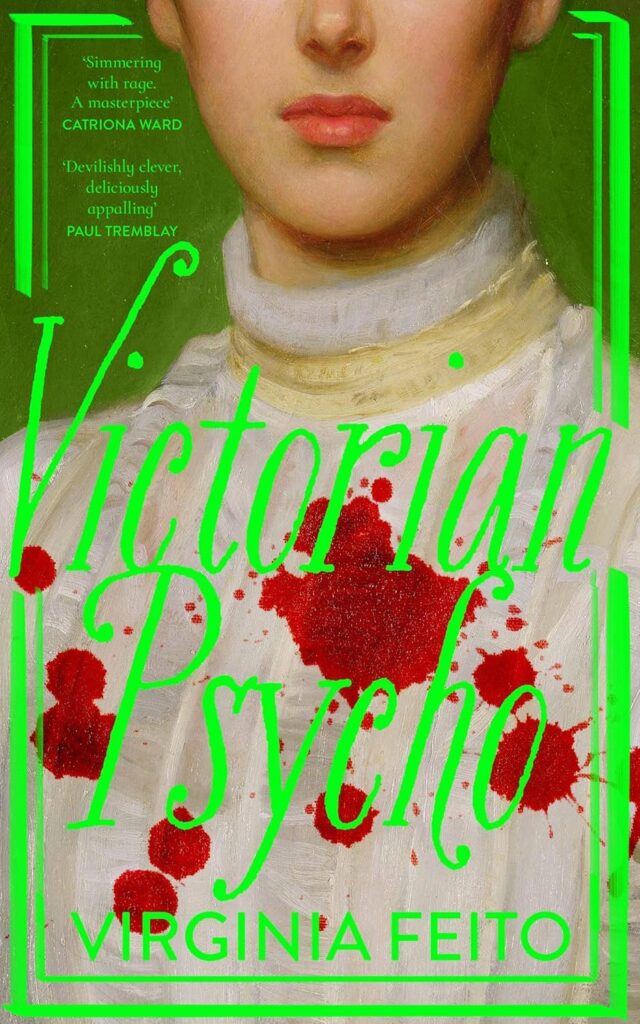
Already being made into a film with Maika Monroe, Jason Isaacs, and Thomasin McKenzie heading up the cast, Virginia Feito’s novel is a pitch-black comedy collision of Jane Eyre and American Psycho. Described by Catriona Ward as “simmering with rage, propulsive and laugh-out-loud funny”, Feito’s depiction of the seemingly perfect Victorian governess Winifred Notty, as she arrives at the odious Pound family’s home to look after their children, is a gory and compelling read. There’s blood aplenty, graphic descriptions of bodily functions, decomposition, ordure and death among the absurdity, as Feito herself asked recently: “What if the evil psychopath were female this time? What does that mean?”
Attila VeresThe Black Maybe: Liminal Tales (2023)
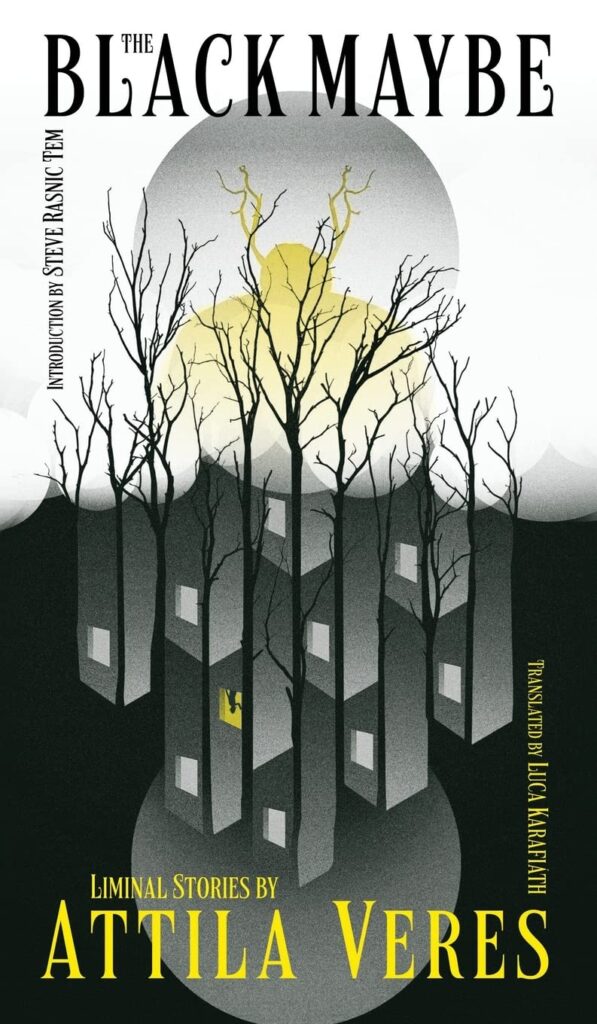
All of these short stories were originally published in a couple of longer Hungarian anthologies, with this translation bringing together ten of Veres’ best tales in English for the first time. The Black Maybe is a stunning collection of dark fantasy tales that at times recalls Jorge Luis Borges, the American magical-realist Stephen Millhauser and occasionally Mariana Enriquez, though Veres has his own distinctive voice and there isn’t a below par story in this bunch. ‘Multiplied By Zero’ tells a story, at turns hilarious and horrifying, of a risky package holiday exploring the Lovecraftian dimension. ‘Fogtown’ concerns the myth of a legendary 90s rock band whose music nobody (living) has actually ever heard. Whilst the best of the lot, ‘The Amber Complex’, relates a transcendental experience via the consumption of wine-like complexes. If there is one book on this list that I’d suggest for those sceptical of the charms of contemporary horror fiction, then this is it.
Adam NevillThe Ritual (2011)
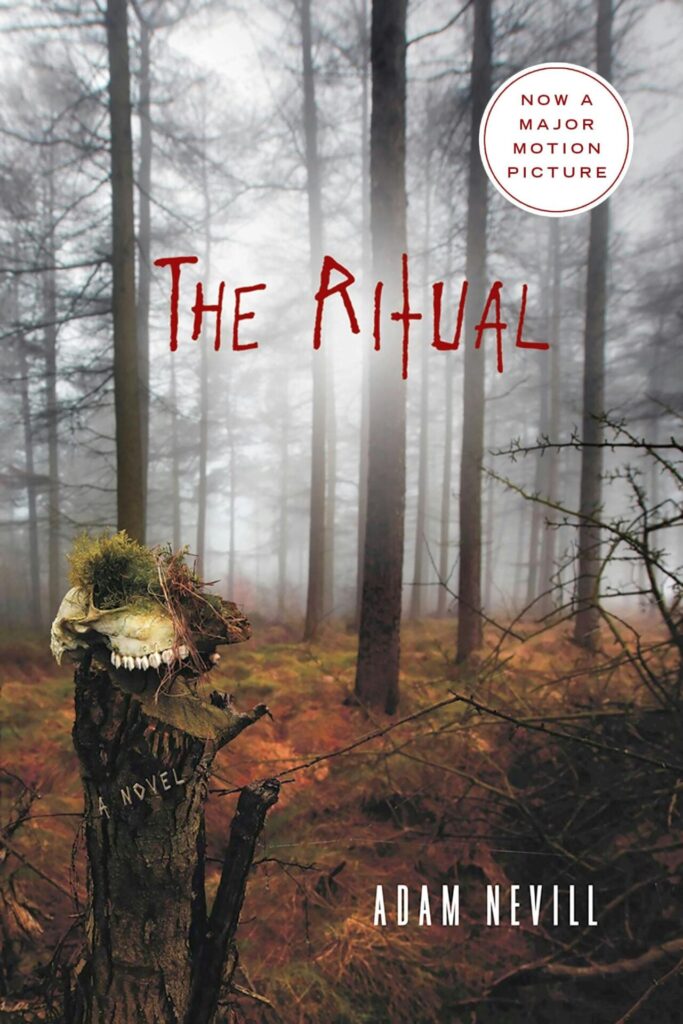
Over the past fifteen years, Adam Nevill has produced some of the finest dark fiction of any UK author, classic or contemporary, and the only difficulty here was deciding which of his novels to include on this list. One judge chose the weirdest of his works, House Of Small Shadows, whilst another was tempted by Last Days. In the end, due to the one author/one work rule, The Ritual won out. Although it was made into a fairly successful film in 2017, as good as the film is, it doesn’t quite do the book justice. Nevill excels at creating an atmosphere of ever ratcheting dread but then doesn’t short change the reader when they finally come face to face with the monster it concerns. I was so caught up in the ending when I first read it that I found myself exclaiming loudly on public transport.
Mariana EnriquezOur Share Of Night (2023)
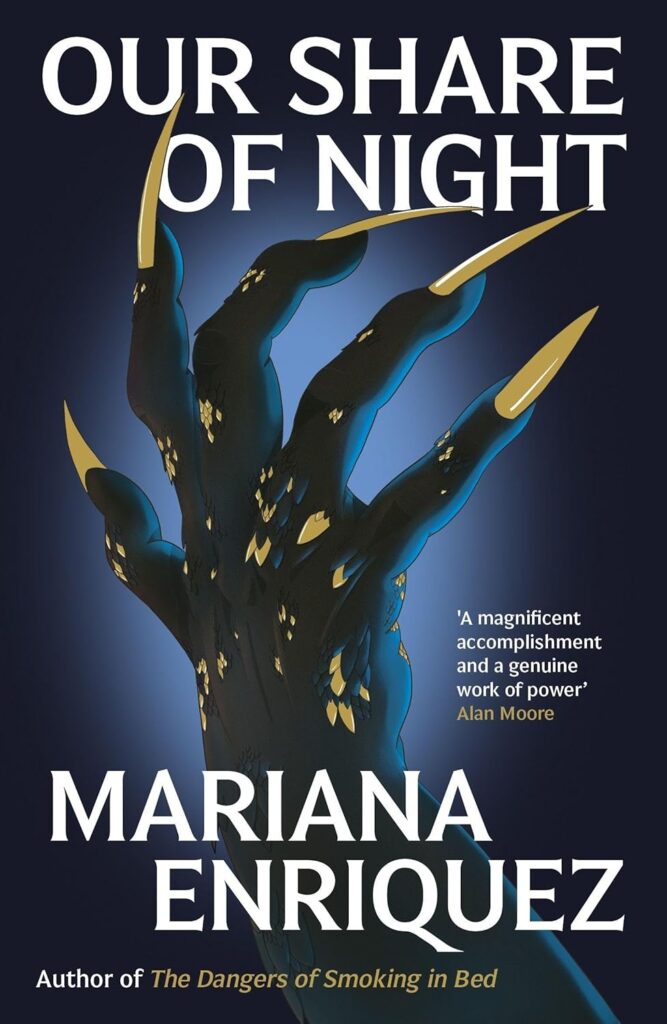
Our Share Of Night, was originally published in Spanish as Nuestra parte de noche (2019) and has become Enriquez’ first novel to be translated into English. It is a 600-plus page epic detailing the struggle for power within a cult known as The Order. Set against the background of the Argentinian military dictatorship and its immediate aftermath during the late 20th century, a father and son struggle against their familial legacy. Enriquez easily combines aspects of classic horror reminiscent of Stephen King or Clive Barker, with more experimental elements associated with the likes of Roberto Bolano or William Burroughs. Although there’s disagreement in some quarters as to whether her shorter form fiction is more successful, the length of this novel is absolutely a key feature, as by the time I reached its ending, I felt as if I had lived through its events – an uneasy feeling to be unable to shake. Although someone wanting an introduction to Enriquez’ shorter work first, the collection Things We Lost In The Fire would be a great place to start.
The Quietus’ Top 25 Pieces of Horror Fiction of the 21st Century So Far
- Mariana Enriquez – Our Share Of Night
- Adam Nevill – The Ritual
- Attila Veres – The Black Maybe
- Virginia Feito – Victorian Psycho
- Ronald Malfi – Come With Me
- Mark Z. Danielewski – House Of Leaves
- Laird Barron – The Imago Sequence
- Andy Davidson – In The Valley Of The Sun
- Michael Cisco – Animal Money
- Thomas Ligotti – Teatro Grottesco
- Sara Gran – Come Closer
- Greg F. Gifune – The Bleeding Season
- Carmen Maria Machado – Her Body and Other Parties
- Shelley Jackson – Riddance: Or: The Sybil Joines Vocational School for Ghost Speakers & Hearing-Mouth Children
- Mona Awad – Bunny
- John Langan – The Fisherman
- Albert Sanchez Pinol – Cold Skin
- Grady Hendrix – How to Sell a Haunted House
- Kelly Link – Get In Trouble
- Josh Simmons – The Furry Trap
- Dan Simmons – A Winter Haunting
- Paula D. Ashe – We Are Here to Hurt Each Other
- Charles Burns – Black Hole
- Agustina Bazterrica – Tender is the Flesh
- Samanta Schweblin – Fever Dream

